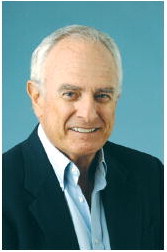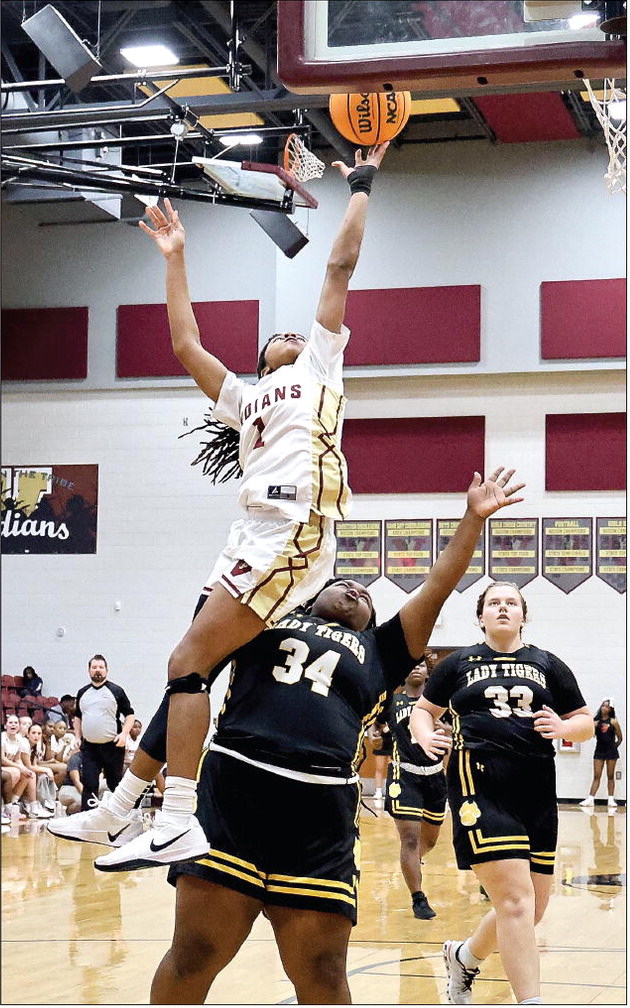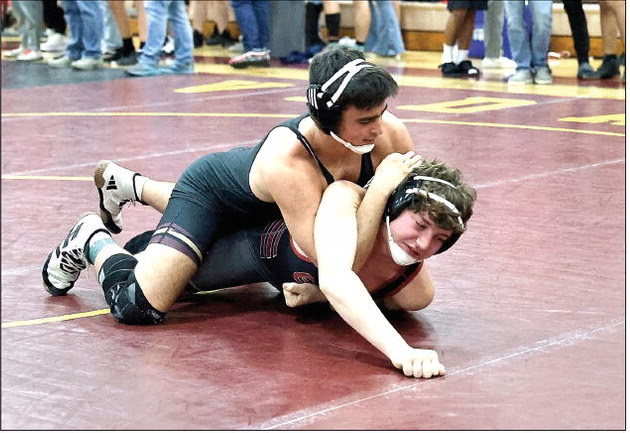Loran - Smith


Loran
The fortnight that it takes to determine the various champions of Wimbledon, one of the classiest sporting events, is likely on every sports aficionado’s bucket list. Wimbledon is the equal of the Masters golf tournament and the Kentucky Derby when it comes to class. Not even John McEnroe and Ilie Nastase could sully the atmosphere and traditions of Wimbledon.
While the competition is as good as it gets—and you are intently smitten by the skill of the world’s best tennis players—you, nonetheless, can’t get enough of the setting, the traditions and the environment. The excitement and anticipation start building when you board the train at Waterloo Station, which was named for the Battle of Waterloo, which tweaks your intellect. You can’t wait to search out the details of Napoleon’s military blunder.
You disembark at Wimbledon Village and weave your way through Grand Slam tennis fans and locals who don’t seem to be bothered by the heavy foot traffic that befalls them for two weeks.
All that is good for business and the economy, which obviously makes everybody in Wimbledon happy. Many residents make room for outof- town guests, offering plentiful Bed & Breakfast options. On my first trip to Wimbledon, Furman Bisher, the late sports columnist of the Atlanta Journal- Constitution, introduced me to a lady whose address was 66 Church Road, just a short distance to Wimbledon stadium—officially All England Lawn Tennis Club, Church Road, West Wimbledon, SW 19 5AE.
A writer who had covered Wimbledon found lodging with her first and recommended Furman, who did the same for me. Elizabeth Robins owned a two-story house with a lovely garden, twin cats and a conservatory. She was a widow with three daughters, one of whom we sat out back with a bottle of vigorous white wine for pleasant conversation in the most compatible of weather—to say nothing of the becoming environs.
Elizabeth had friends in Sarasota, Fla., and expressed fondness for Americans. She was well read with concerns, regarding South Africa and the Middle East. I don’t know if she is living today, but if she is, more than likely her concerns are more troubling than they were when I met her.
On my second night, I took her and her daughter, Charlotte, to dinner in a delightful pub near Wimbledon Common for fish and chips along with several pints of lager.
Sometimes when you travel, you meet the nicest people, most of whom are usually hospitable, courteous, and delightfully engaging. To enjoy the best in competition at the most celebrated of venues in sport and pair it with local hospitality makes for the best possible experience.
In 1978, I was fortunate to begin an annual excursion to Great Britain for the playing of the British Open the third week in July. COVID ended my travel routine. Around the first of continued from page
July, I begin to experience pangs of regret that it came to an end.
Seeing the best golfers in the world playing the famous venues in Scotland and England (and lately, Portrush, Ireland), and bringing about the best in competitive drama is something that is never taken for granted. There is so much more to experience. Europe in summer has a sports calendar that simply overwhelms. Beginning with the French Tennis Open at Roland Garros in Paris the first of June, there is a big event or more each month through the end of July.
Following Roland Garros, there is the Henley Regatta, and Wimbledon with the Tour de France lasting for three weeks, starting around the first of July. The Open championship takes place the third week in July; and if you are up for it, you probably can squeeze in a day at the “Feast of San Fermin” the first week in July, you know, running with the Bulls at Pamplona.
The third week in July is for the playing of the world’s oldest golf championship, the Open which, like Wimbledon, has the ultimate in tradition and history.
If you have the good fortune to spend June and July at these exciting venues, give priority to getting to know the people and bend an elbow with them. You won’t regret that you came their way.






